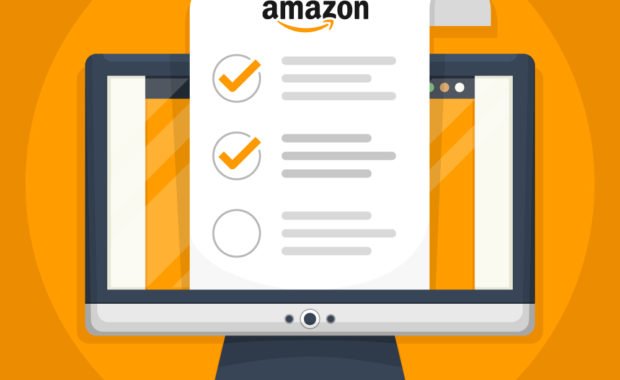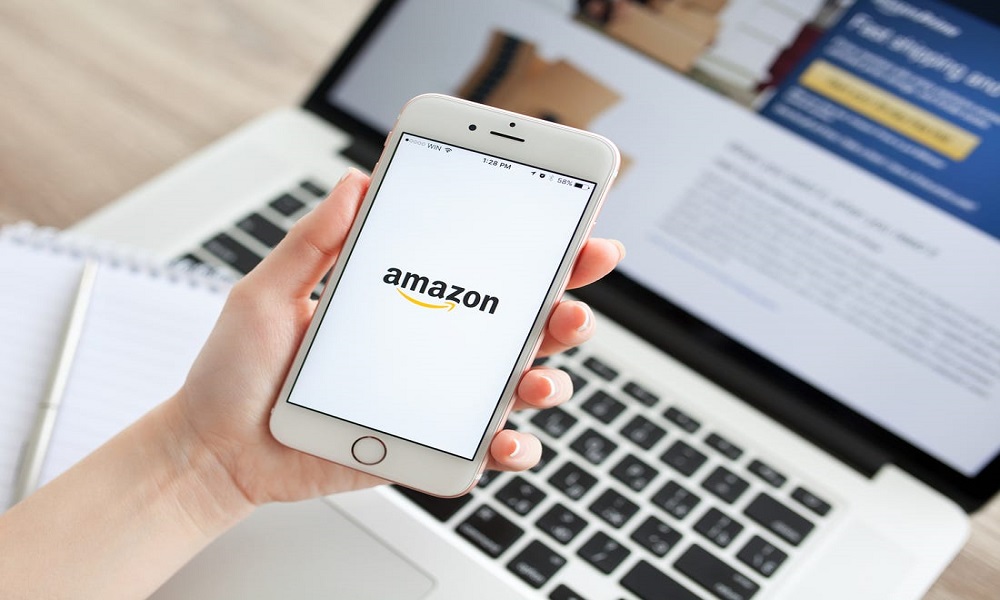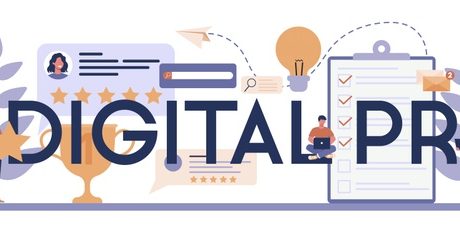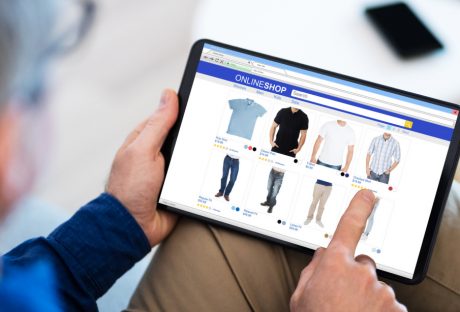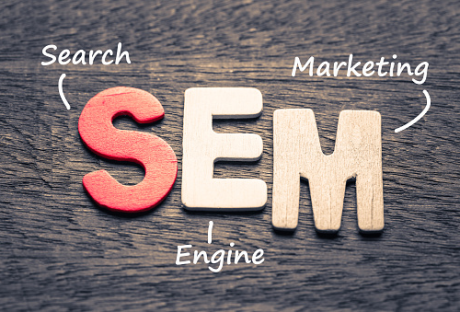Building a successful business on Amazon requires a decent amount of virtual footfall to your online store. This means generating traffic is one of the biggest priorities for Amazon sellers. But the thought of all the different tactics you can use and implementing them in the right way can feel incredibly overwhelming.
We’ve compiled a guide to getting more traffic to your Amazon listings to help you out.
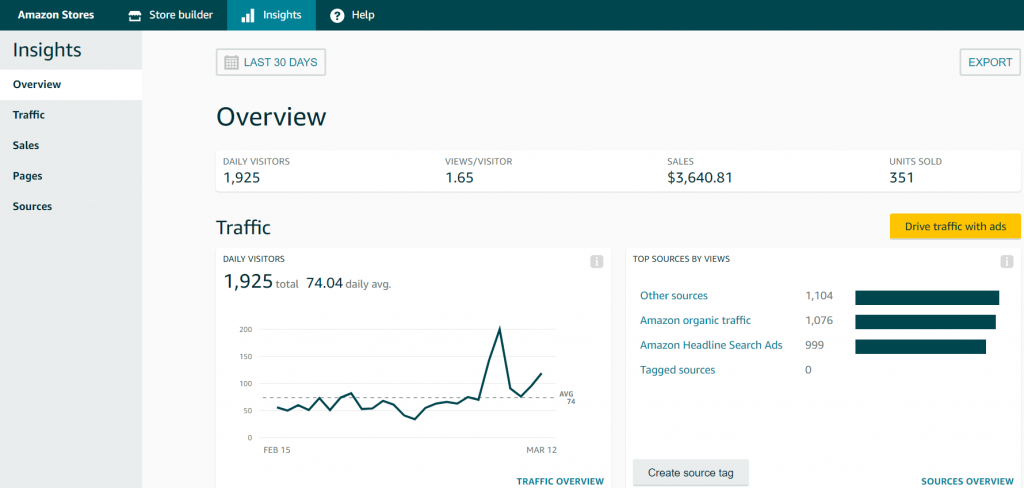
First Things First… Know Where You Stand
Before you go ahead and implement the different traffic generation tactics out there, it’s important to know where you stand amongst your competitors and in the overall landscape of your industry.
There are three things you should do first to set you up for the best success. Do these, and you’ll have a better understanding of what you need to do to stand out to potential buyers and a keen knowledge of the keywords they use to search for products like yours.
a) Competitor Analysis:
Looking into what your biggest competitors are doing helps you understand where your brand fits in. You can also glean some inspiration for traffic generation techniques that have been working for them.
Start by looking into the keywords they’re using on products similar to yours and the words they’re using to describe their products. Your competitors likely have products that show up top on Amazon search results, so following their lead will ensure your products get the same recognition.
Start by typing your product into the search bar and exploring the first few results that show up. What keywords do they use? How are they describing the products? Do you notice anything different or better about their listings compared to yours?
b) Category Analysis:
Category analysis works as a follow on from competitor analysis. It lets you uncover the keywords that are used to describe products like yours. Not only will this give you some ideas for your own listings, but it will help you figure out what makes the popular listings in your industry so successful.
If you sell red dresses, for example, type “red dresses” into the Amazon search bar and take a look through the top results. Compare the differences between these listings and yours and identify any particular wording or phrases that crop up often.
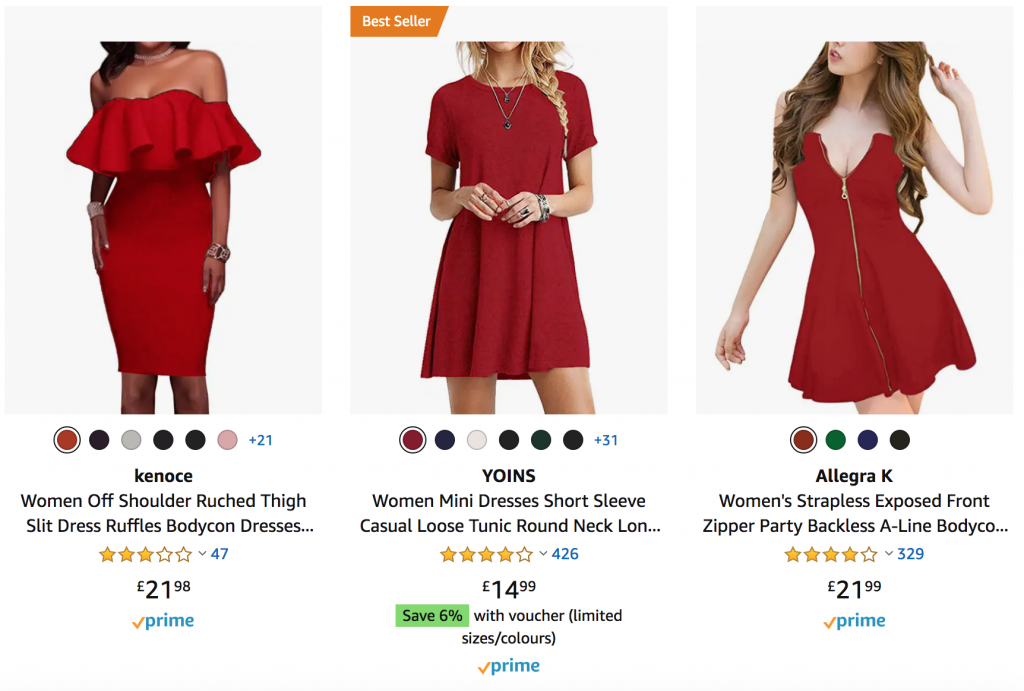
c) Keyword Analysis:
After running competitor and category analysis, you’ll have a deeper understanding of the words your customers are using to search for products like yours. Use a keyword tool to find other relevant words and phrases to use and sprinkle them throughout your product listings, like in your product titles, descriptions, and image captions.
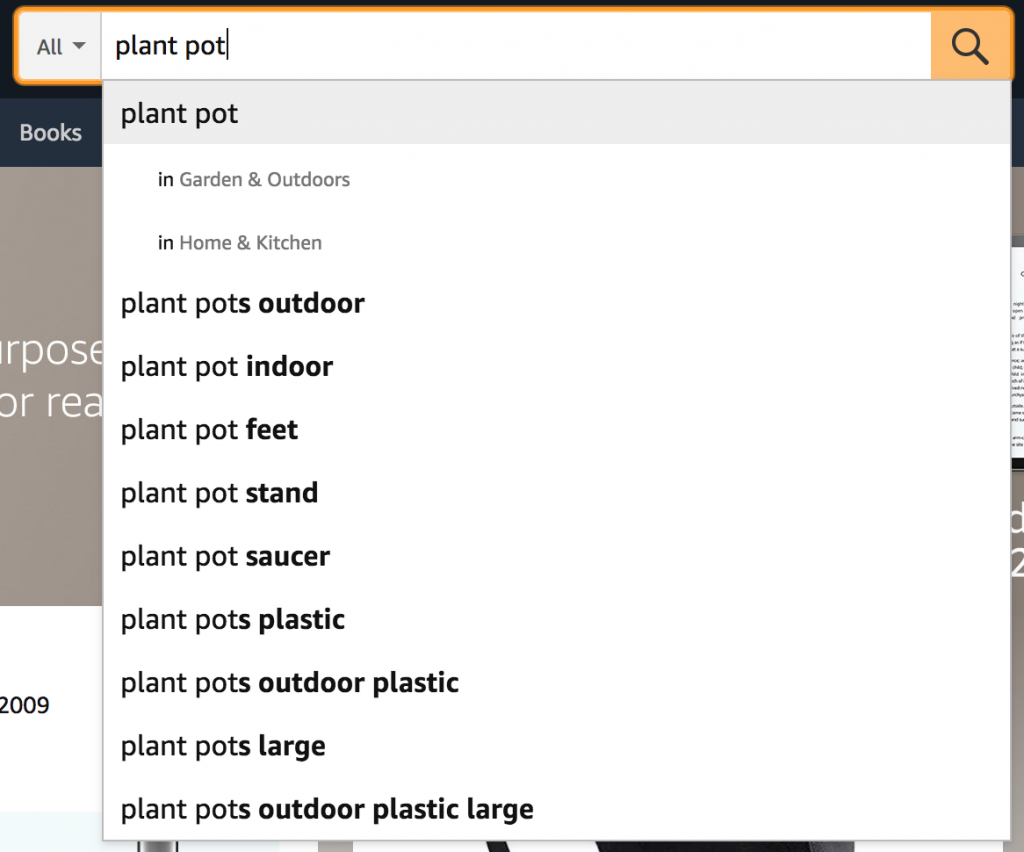
You can also use Amazon’s search bar suggestion to find commonly searched for phrases relating to your products.
Easy Ways to Increase the Traffic to Your Amazon Listings
After analyzing your competitors, product categories, and keywords, it’s time to focus on actually getting traffic to your site. Here are the most effective tactics our clients at Urtasker have used to increase their traffic.
1. Amazon SEO
SEO isn’t just a Google thing. After all, Amazon is also a huge search engine. Thus, optimizing your listings will help them show up higher in the results.
Amazon rankings consider several factors. These include keywords, how well you products sell, the number of reviews you have, and the quality of the content you have on your listings.
To optimize your listings, start by:
- Incorporating keywords into your product titles and descriptions
- Showcasing high-quality images on your listings
- Writing clear and concise product descriptions
2. Create High-Quality Content
Content marketing is one of the most effective ways to generate traffic to Amazon. Like writing blog posts, creating downloadable, and recording videos and other kinds of content to share with your audience.
Start by creating content that ties into your products. For example, if you sell teapots, why not create a blog post about different tea recipes for “mocktails”?
Post this content on your website or blog to attract people from different channels. You’ll attract visitors from Google and social media who might be looking for tea mocktails to make, and your posts will then direct them to your store.
3. Leverage Reviews
Reviews are one of the number one ranking factors on Amazon. The more positive reviews your products have, the more likely they are to rank high in search results.
Reviews are great for two reasons:
- They help you understand what potential buyers actually want from you – simply scour your reviews for words and phrases they use that you can incorporate into your listings
- They will push your products up higher than competitors with less reviews

Encourage past buyers to leave reviews by sending out a follow-up email, asking them on social media, or using built-in Amazon features like the Review Request tool.
4. Make Use of Amazon’s Enhanced Brand Content and A+ Pages
Amazon helps its sellers out by providing a few powerful content features. Enhanced Branded Content lets stores show off their products by adding special content features to their listings. Rather than the usual listing layout, you can brand your product pages and include high-quality images to create a story around your products.
This is what a standard product listing looks like:
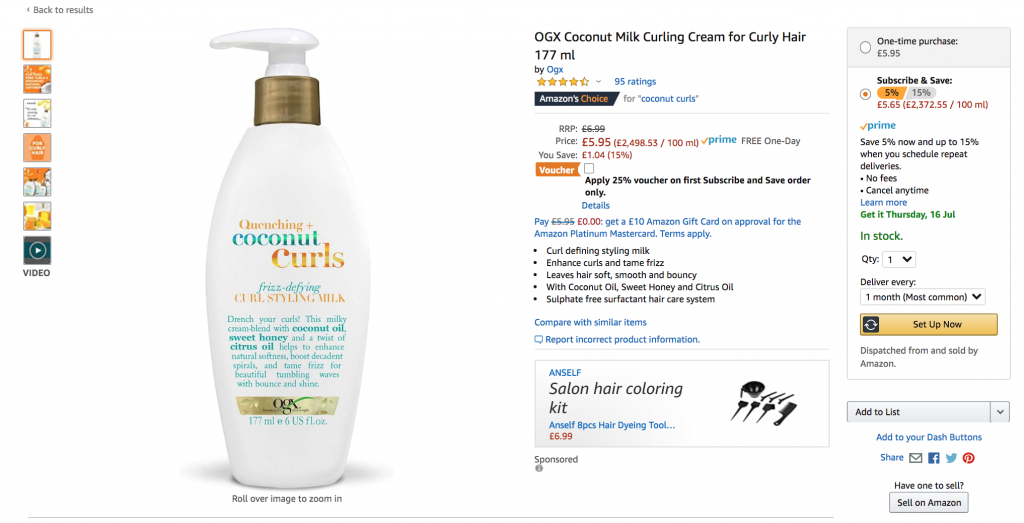
And this is what a product listing using Amazon’s Enhanced Brand Content Looks like:

As well as Enhanced Branded Content, Amazon also offers A+ pages which similarly offer sellers the chance to create a story around their products using images, infographics, and other visuals.
Here’s an example of an A+ Page in action:

5. Run Amazon PPC Ads
Amazon has a range of different ads you can run onsite to ensure your products show up in the right searches (and, therefore, generate more traffic).
Sponsored Product Ads show your products above the search results so they’re the first thing shoppers see when they make a search. There are also Headline Ads that allow you to create an eye-catching banner that goes at the top of search pages.
Here is an example of a Sponsored Product ad in the search results:
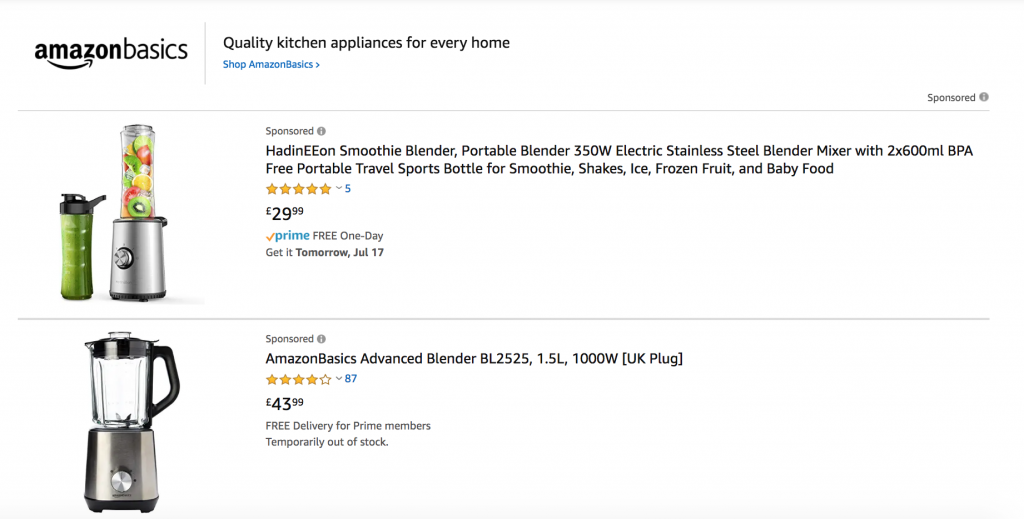
To ensure your ads perform at their best, use the right keywords from your analysis, laser-focus the audience you want to target, and set a healthy budget. Be sure to measure and tweak your ads so your results continue to improve.
6. Run Lightning Deals and Promote Your Products on Deal Sites
Lightning Deals are a feature that allows sellers to promote a limited number of discounts on a product of their choice during a certain timeframe. This attracts customers who might otherwise not have seen your products.
Running promotions like this makes it easier to drive traffic to your products, especially if you want to create a sense of urgency in your listings.
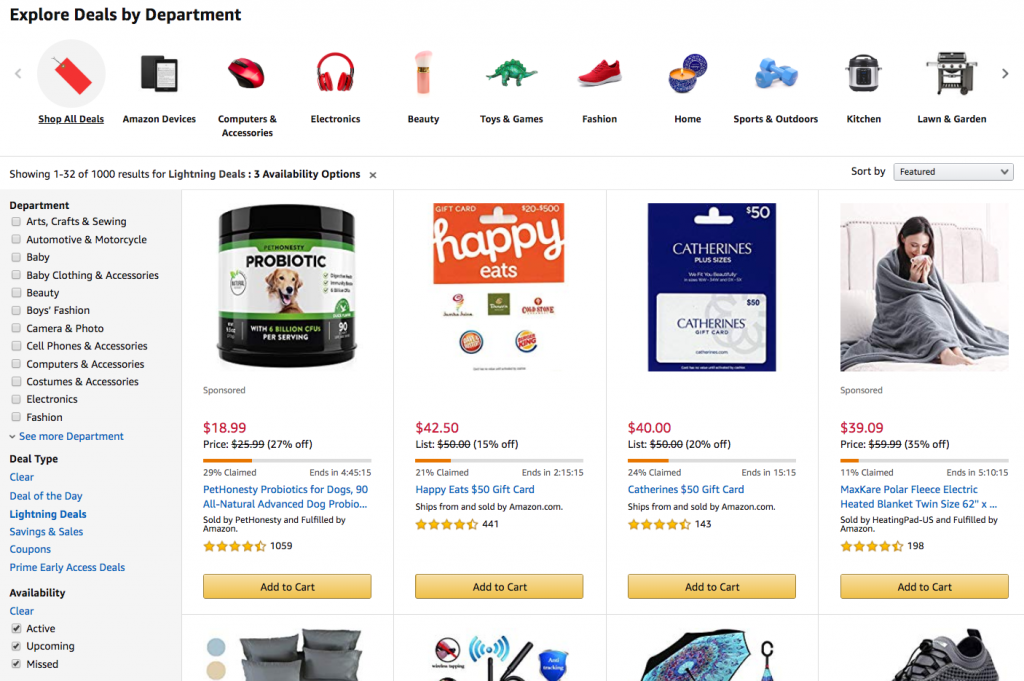
As well as Lightning Deals, there are a host of Amazon deal sites that users can sign up for to get products at a discounted rate in exchange for a review.
This will expose your product to a wider audience of potential buyers who might have missed it otherwise, and it will provide you with the reviews you need to start bumping your products up the search results.
7. Create Social Media Ad Campaigns
Amazon has plenty of onsite ad options to keep you busy, but you can also run ads outside of the platform to drive people to your product listings who aren’t already on the site.
Create campaigns with highly targeted audiences on Facebook, Instagram, and Google, making sure you implement the most popular keywords related to your products.
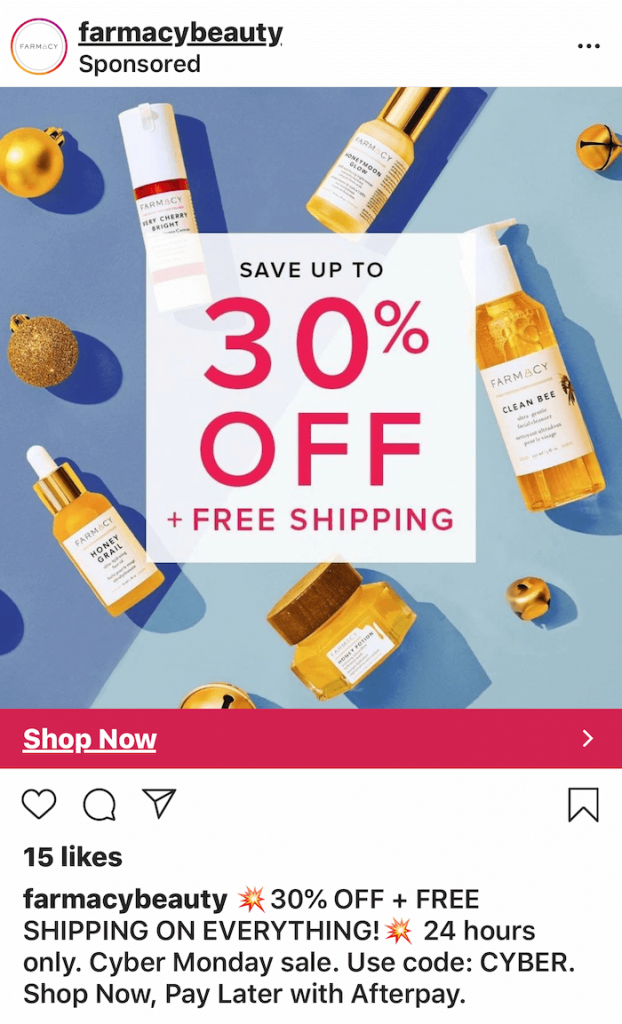
8. Social Media Marketing Without Ads
If you’re not ready to splash out on social media ads or want to add another spoke to your social media marketing wheel, you can run organic social media campaigns.
Promoting your products on platforms like Instagram, Facebook, Twitter, and LinkedIn helps you reach new audiences and increases visibility on your products.
It helps to create a social media posting schedule to ensure you stay consistent with your posts. We recommend choosing just one or two platforms to focus on to start with, so you don’t get overwhelmed and spread yourself too thin.
From there, you’ll be able to see which platforms resonate best with your buyers and where your products seem the best success.
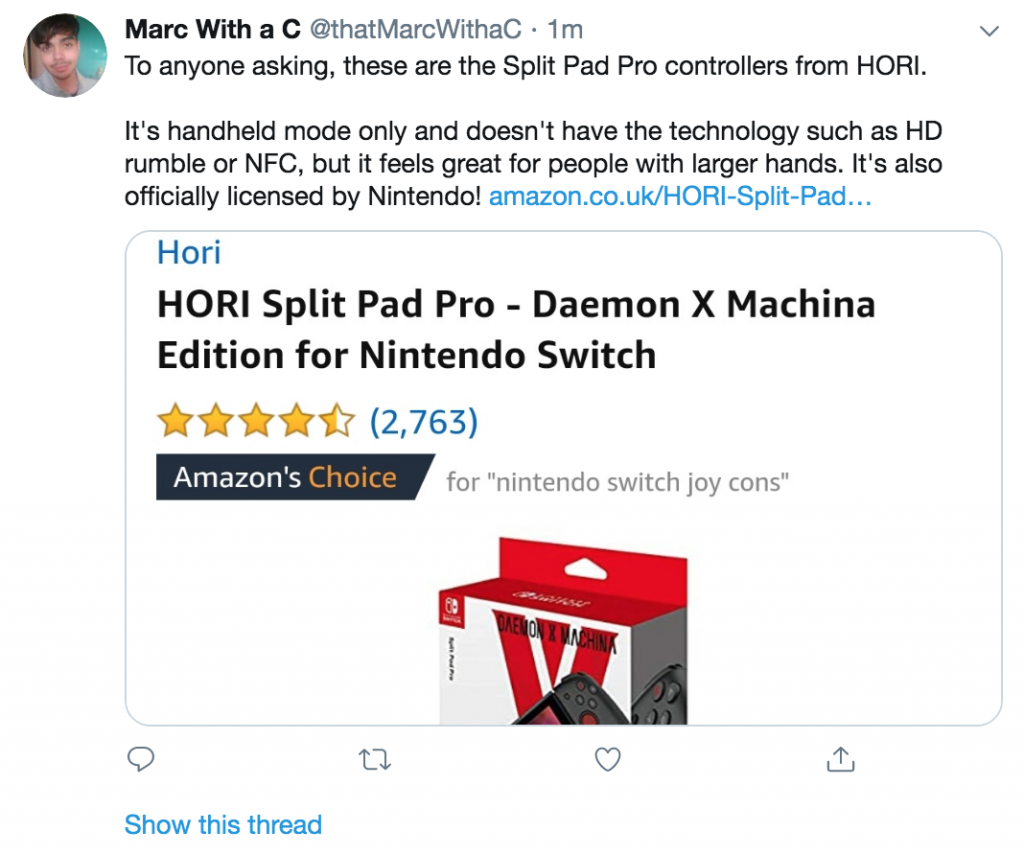
9. Carry Out Email Marketing
If you want to generate traffic and build deeper connections with your customers so they keep coming back, email marketing is the most effective solution.
With access to buyers’ inboxes, you can share exclusive discounts, launch news, and updates from your brand to keep your products fresh in their minds.
What’s more, you can regularly send links to products you think they’d enjoy, boosting your traffic and product visibility.
10. Upsell On Your Best-Sellers
Your product listings are the perfect place to promote your other products. It’s likely that a couple of your products are more popular than the others, and you can use their popularity to guide shoppers to your lesser-known products.
This increases traffic across all your products and gives you a chance to upsell, which means higher AOV and higher LTV.
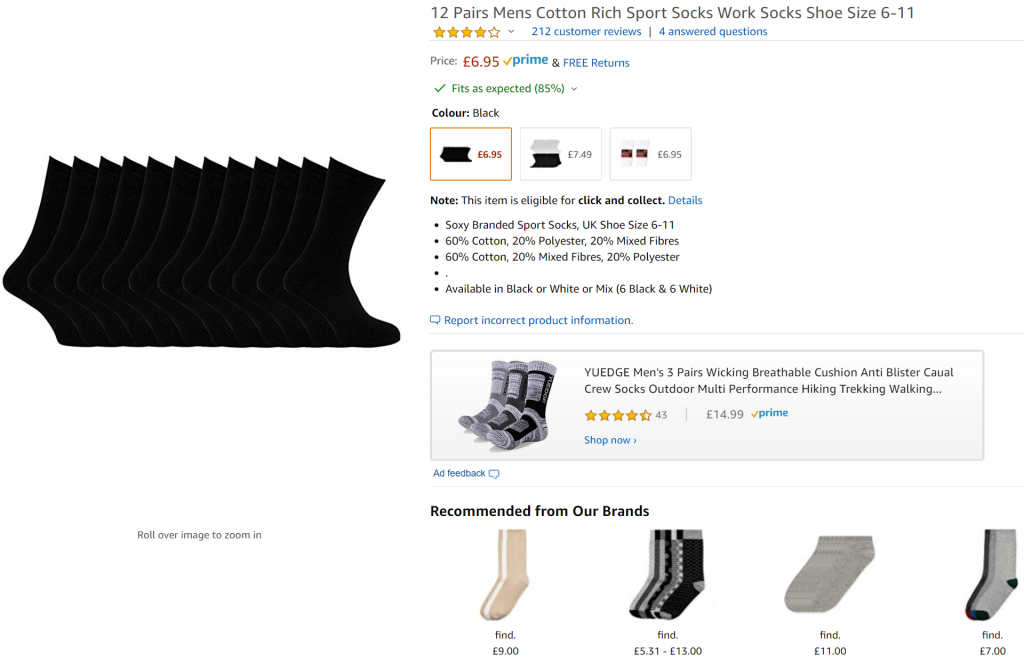
11. Affiliate Marketing
Affiliates promote your product in exchange for a percentage of every sale they make through their personal link. This benefits both you and your affiliates, which makes it an excellent way to generate traffic.
Identify key players in your industry who have an audience suited to your products and partner up with them. Provide them with a unique link they can share with their followers and attribute every sale they make to them.
This will help you reach audiences you otherwise wouldn’t have been able to reach and increase your visibility across multiple different segments.
Ask your top affiliates publishers to analyze their Amazon Associates affiliate commission data. And then optimize their website’s content based on their review. They can do this by integrating their Amazon Associates data with We Can Track into Google Analytics and Google Ads.
12. Influencer Marketing
Influencer marketing involves teaming up with top social accounts in your industry and encouraging them to share your products with their pre-built audiences in exchange for payment or another incentive.
Identify who the top accounts are in your niche or accounts that have an audience you’d like to connect with and reach out to them with a proposal.
Work on building influencer relationships, as these people already have audiences that trust everything they say. As a result, trust is automatically transferred to any product recommendations they make.
Influencers tend to have large followings too, which means you can put your products in front of more people and generate more traffic.
Traffic is Everything!
To get more sales, you need more traffic. You can’t put the horse before the cart.
However, with these easy tips, you can start implementing traffic generation techniques today to increase the visibility of your products and, ultimately, get more sales.
Read Also:













